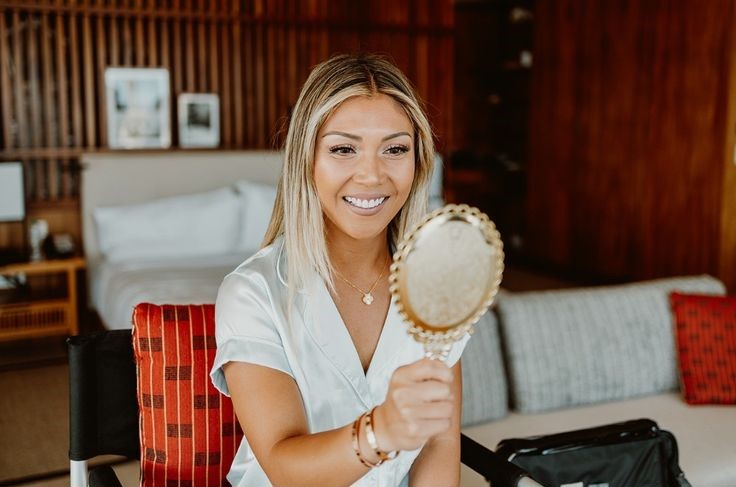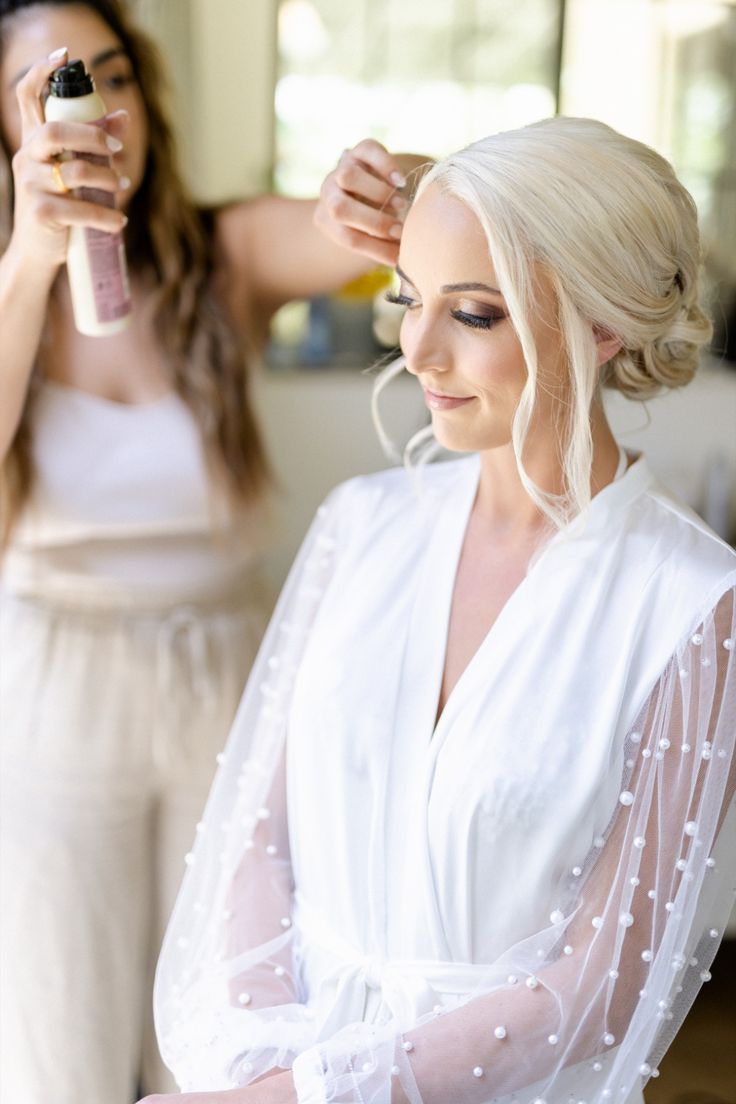As a makeup artist, one of the essential steps in creating a flawless makeup look is proper skin preparation. Every client has a unique skin type, and understanding how to prep their skin accordingly is crucial for achieving long-lasting, radiant makeup. In this blog post, we will explore various skin types and provide valuable insights into prepping each type effectively. Let’s dive in!
Identifying Skin Types
Before delving into specific skin prep techniques, let’s briefly discuss the different skin types you may encounter in your clients:
a) Dry Skin: Dry skin lacks moisture and tends to feel tight and rough. It may appear dull and flaky, especially in colder months.
b) Oily Skin: Oily skin produces excess sebum, resulting in a shiny complexion, enlarged pores, and a higher likelihood of breakouts.
c) Combination Skin: Combination skin exhibits characteristics of both dry and oily skin. Typically, the T-zone (forehead, nose, and chin) is oilier, while the cheeks are drier.
d) Normal Skin: Considered the ideal skin type, normal skin is well-balanced, neither excessively dry nor oily. It has a smooth texture and a healthy complexion.
Prepping Dry Skin
When prepping dry skin, your goal is to nourish and hydrate the skin, providing a smooth canvas for makeup application. Follow these steps:
a) Cleansing: Begin by using a gentle, hydrating cleanser to remove any impurities without stripping the skin of its natural oils.
b) Exfoliation: Exfoliate once or twice a week with a mild scrub or chemical exfoliator to eliminate dead skin cells and promote cell renewal.
c) Moisturization: Apply a rich, emollient moisturizer that deeply hydrates the skin. Look for ingredients like hyaluronic acid and ceramides to boost moisture retention.
d) Primer: Opt for a hydrating primer to further enhance skin hydration and create a smooth base for makeup.
Prepping Oily Skin
For clients with oily skin, your aim is to control excess oil and ensure long-lasting makeup. Follow these steps:
a) Cleansing: Start with an oil-free or gel-based cleanser that effectively removes dirt, oil, and impurities without over-drying the skin.
b) Toning: Use an alcohol-free toner to balance the skin’s pH levels and tighten pores. Look for ingredients like witch hazel or tea tree oil to control oil production.
c) Oil-Free Moisturizer: Apply an oil-free, lightweight moisturizer to hydrate the skin without adding extra oil. Look for non-comedogenic formulas.
d) Mattifying Primer: Choose a mattifying primer to control shine and create a smooth base for makeup application. It will also help extend the longevity of the makeup.
Prepping Combination Skin
Combination skin requires a balanced approach to address both dry and oily areas. Here’s what you need to do:
a) Cleansing: Use a gentle cleanser to remove impurities without stripping the skin. Avoid harsh cleansers that can further dry out the skin or stimulate excess oil production.
b) Toning: Use a toner specifically formulated for combination skin to maintain balance and tighten pores.
c) Dual Moisturization: Apply a lightweight, oil-free moisturizer to the oily areas of the face, such as the T-zone. For the drier areas, choose a richer moisturizer to provide ample hydration.
d) Combination Primer: Look for a primer that offers oil control for the T-zone while hydrating the drier areas. It will create a uniform base for makeup application.





